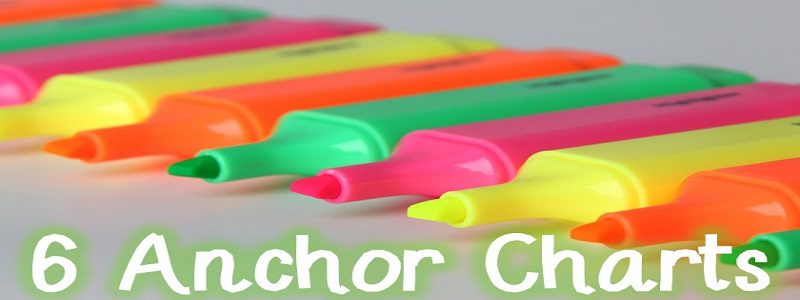A Simple Argumentation Activity on the UN ‘Declaration of the Rights of the Child’ (1959)
One of our partner schools is in the midst of a unit on the challenges of childhood in their English language arts classes. One of the readings they are discussing is the 1959 United Nations Declaration of the Rights of the Child, which lays out an elaboration and further definition of the UN’s foundational Universal Declaration of Human Rights (1948) line that reads:
Motherhood and childhood are entitled to special care and assistance.
The Stock Market Sector Scuffle — Teaching Financial Literacy Through Argumentation
Overview
The Stock Market Sector Scuffle teaches math-based financial literacy using a real-world scenario in which students have to produce and analyze a financial data set in order to build arguments to convince “investors” that their sector-based stock portfolio holds the greatest promise of financial returns.
School-Designed Academic Argumentation Anchor Charts
Overview
One instructional technique that has taken off this year at Argument-Centered Education partner schools is the use of the anchor chart. These have often been teacher-created, sometimes they’ve been the work of departments or a leader or team working on behalf of the whole school. Anchor charts have become an integral part of argument-centered instruction across the ACE network.
The U.S. Civil War and Argument-Templated Final Assessments
We’re working with a partner school right now that wants to do argument-based final assessments in their Civil War unit in their History/Humanities curriculum. The students are very capable but they’re in a relatively early stage in their study and use of academic argumentation. So we put together two argument-templated final assessments, which are now being given to students in various ways: some students are taking both assessments, some students are taking one, and some the other.
Assessing Discussion: Leveraging Speaking and Listening for Learning
Education standards are increasingly acknowledging the importance of speaking and listening in the classroom as a mechanism for learning. The Common Core puts forward an unprecedentedly detailed set of standards for students’ classroom discussions. These two examples are representative:
CCSS.ELA-Literacy.SL.8.1.c
Pose questions that connect the ideas of several speakers and respond to others’ questions and comments with relevant evidence, observations, and ideas.CCSS.ELA-Literacy.SL.8.1.d
Acknowledge new information expressed by others, and, when warranted, qualify or justify their own views in light of the evidence presented.






